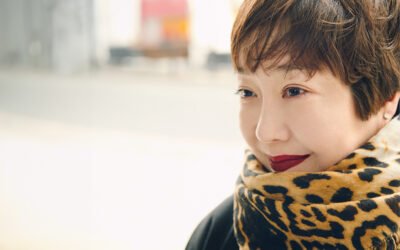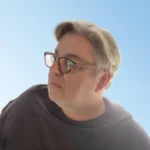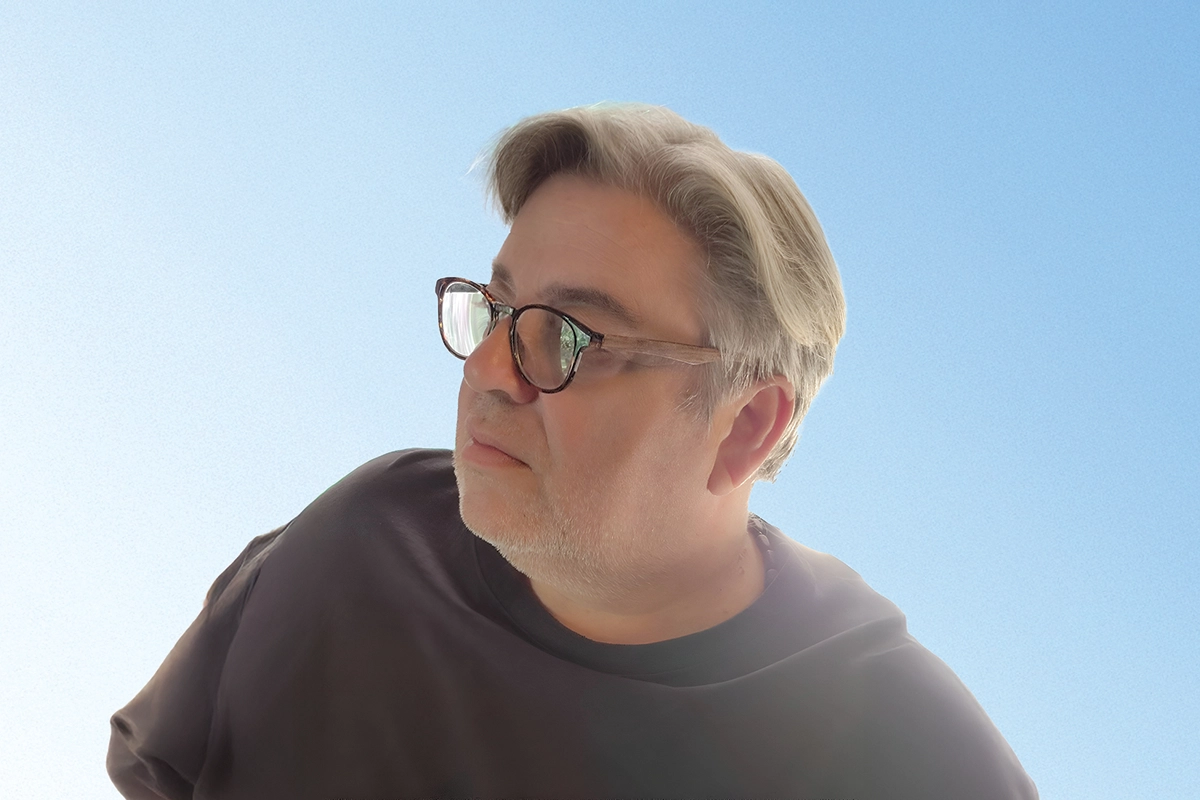Wayne Adams – The Art of Balance

Wayne Adams explores the intersection of family life, spirituality, and creative expression in his thought-provoking works
Wayne Adams discusses the influence of Brooklyn on his art, the balance of family life, and the exploration of complex themes in his work.
Wayne Adams embodies the essence of contemporary art, weaving together personal experience, spirituality, and social commentary into his captivating pieces. Based in Brooklyn, New York, he has carved out a distinctive voice in the art community, engaging with complex themes that challenge viewers to contemplate the contradictions and dualities inherent in life. With a rich educational background and a robust exhibition history, including notable shows like “Psalm 27: My Light and My Salvation” and “The Body of Christ,” Adams continuously pushes the boundaries of abstract expressionism, inviting audiences to explore the depths of their own interpretations.
Adams reflects on the profound influence that living in Brooklyn has on his artistic practice and how he navigates the delicate balance between his roles as an artist, father, and husband. He delves into his thought-provoking Double Positive series, illustrating how it encapsulates the coexistence of opposing forces, both in art and in life. His insights on the creative process reveal a deep engagement with the “currents and undercurrents” of his work, showcasing the layered complexity that defines his artistic journey. Through his exploration of spirituality and the dialectical tensions within his art, Adams encourages us to engage thoughtfully with the world around us, making this conversation an enriching experience for anyone interested in the transformative power of creativity.
Wayne Adams masterfully intertwines personal experience and spirituality, creating art that resonates deeply and challenges viewers to engage with life’s complexities.
How has living in Brooklyn, NY influenced your approach to painting and how do you balance your roles as an artist, father, and husband?
Living in Brooklyn has been both amazing and challenging. Amazing for the artist community I can participate in and challenging for the cost of living (and having a studio) and number of other artists competing for the same things. Balancing art life and family life takes discipline, something I have learned as much from my wife as anyone. We wake up early, at 5am, and have roughly an hour and a half to work (she writes) before our kids wake up. This allows for incremental developments and long-term projects.
In your Double Positive series, you explore the coexistence of opposing forces. How does this concept reflect your personal experiences or worldview?
I was repeatedly struck by the idea that people constantly do this balancing act, holding competing truths together at once in their minds. I wanted to explore and play with that notion visually, through painting, and the Double Positive series came out of it. I think the world is richer when we understand the contradictions and conflicts we encounter (sometimes nurture) as we continue moving forward through the world.
Can you describe the process of creating your abstract pieces? How do you engage with the “currents and undercurrents” you mention while working?
For the Double Positive series, I start with a prepared canvas or board and plan a color scheme or mood I want to explore and paint the first layer. Undercurrent is a great way to think about it—what’s going on beneath the surface and how it shifts and changes and will reveal itself. Then, after it dries, I carefully mark off, tape and mask the chevron pattern that will hold the ‘current’ between its lines. The top layer sometimes blends with the pattern beneath and sometimes pops in contrast, depending on what I am aiming at with the painting. In other abstract paintings (not Double Positive), I typically start with a couple basic elements that I know I want to have in the painting (pieces of fur or maze, for instance) and those act as parameters to then play with the rest, to make mistakes or take risks within the boundaries I’ve set for myself.
The Body of Christ exhibition at Calvin University explores Christian themes. How did your own spiritual journey inform your artistic interpretation of this metaphor?
I grew up Christian and Calvin is a Christian university, where I attended as an undergraduate. Much of my work has been about religious notions – some that I grew up with and some that I still wrestle with today. At Calvin, I wanted to directly engage with a conversation about Christianity for the installation in order to locate it within the context of where it was being exhibited. It raised interesting questions for me about what Christianity is like, what it means at a place like Calvin and what it means from outside that context. For my most recent tinfoil installation, Psalm 27: My Light and My Salvation, I wanted to broaden the conversation by referencing a Psalm rather than Christianity. My faith is still a big part of my life and it’s taken a long time for me to feel comfortable being open about exploring religious themes openly in my artwork, but it has also been freeing. Religion and spirituality are so pervasive in western history and culture that I think it’s easy for people to recognize, but not always feel comfortable speaking about. I find conversations around faith and spirituality to be quite rich and I find it compelling to explore them in my work.
How do you navigate the tension between reacting to the world as it is and imagining the world you want to exist through your work?
I think that tension is one of the essential purposes of art – or maybe one of the great motivating factors for making art. For me, it’s a process of focusing on one thought or question that keeps coming to mind and seeing how that thought can get processed in my studio, through making an artwork. Over time, the pendulum definitely swings from one end of the spectrum to the other and back. I think most of my work has, in some way, developed out of a reaction to real situations or circumstances in my life.
As someone who explores dialectical tensions in your art, how do you hope viewers will engage with these complex ideas when they encounter your pieces?
On one level, I definitely want people to enjoy the experience of encountering the work in physical space and to find it engaging in some way—just to look at it or be with it. On another level, I want there to be a conceptual aspect to the work that viewers can access if they want to go further with thinking about the work and maybe have a richer experience. I think the most successful art, for me, strikes a balance between the phenomenal and conceptual.













